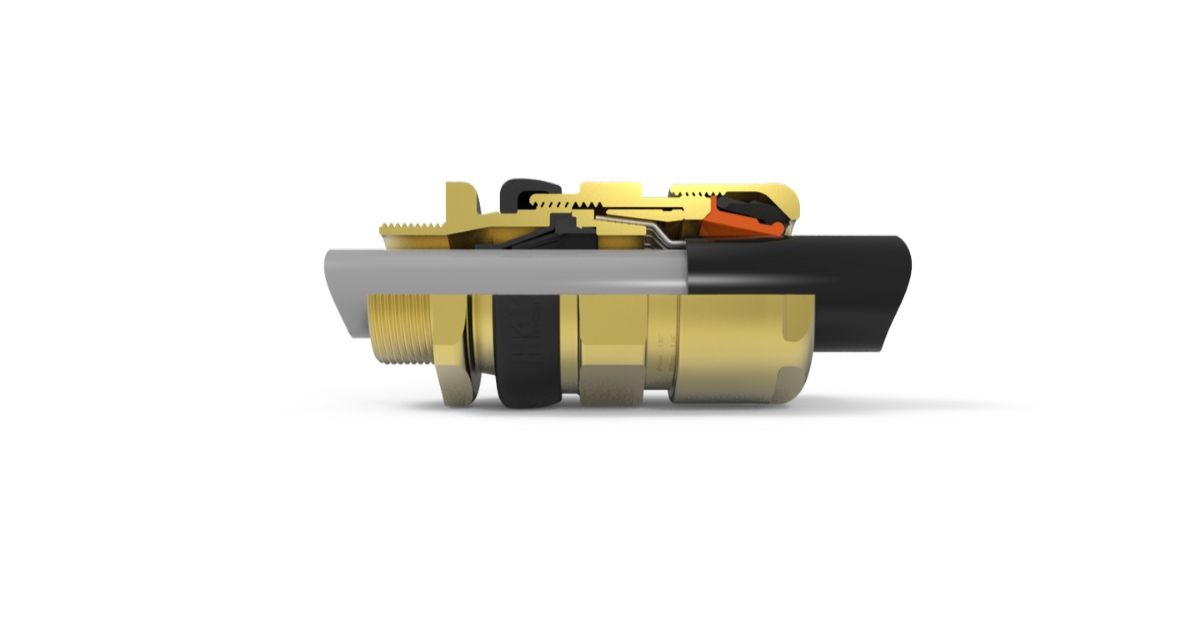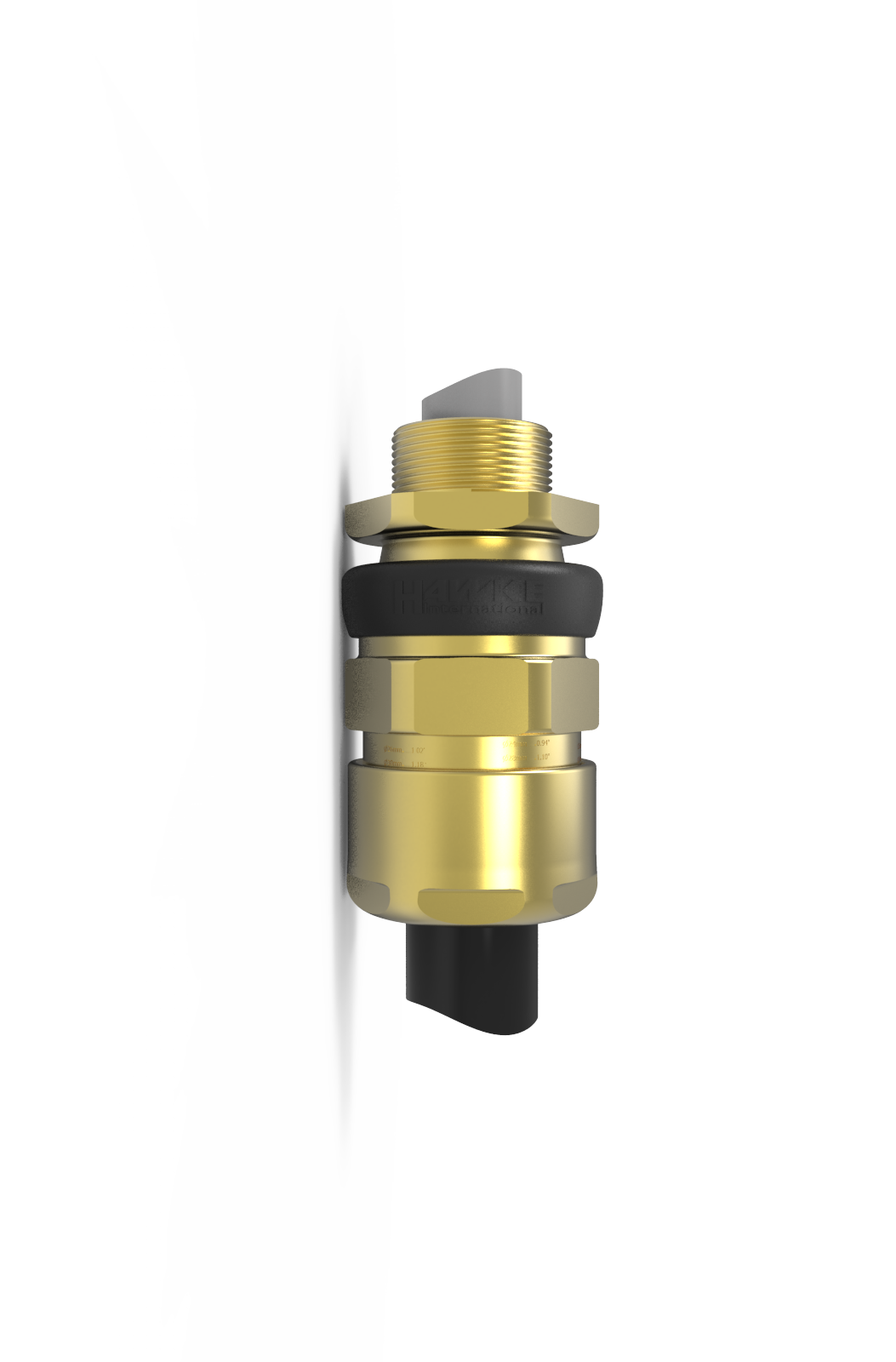Marine and Hazardous Environments: The Importance of Developing a Cable Gland Strategy

Matt Ogden, Cable Gland Product Specialist at Hawke International, the leading manufacturer of glands for harsh and hazardous conditions, talks to us about the importance of implementing a cable gland strategy in these environments and what factors need to be considered beforehand.
Some people might look at a cable gland and only see a piece of brass and rubber, whereas it is actually a vital component to how any piece of machinery operates. Cable glands provide grounding, bonding, strain-relief, and insulation, protecting not just machinery, but those who operate it as well.
Cable glands play a vital role within the marine industry, being used across an array of areas, ranging from submarines and temperature alarms, through to cranes and flood detectors. So, when deciding on a suitable cable gland strategy, it is imperative to look at a number of factors.
 Safety
Safety
Without the right cable gland for your equipment and the environment it operates in, you run the risk of water and dust getting into the very machinery they are meant to be protecting. In the event that this happens, the damage is often catastrophic. When you consider that each machine can be worth hundreds of thousands of pounds, the cost can be more than significant.
One common error we see is people either over or under-tightening the cable glands. It is important to know the right level because if a gland is overtightened, it will put stress on a cable’s properties, limiting how well it offers ingress protection against dust and water penetration. It also presents an even bigger risk of explosion. For glands that are under-tightened, this too will allow for water and dust to penetrate the equipment, and it will be prone to loosening which can create an electric shock risk, putting workers in danger.
Decision makers should be looking for products that have tightening guides integrated as standard. This will not only give installers and inspectors a visual indicator to show when the gland has reached its correct tightness to the outer diameter of the cable being fitted, but by being tightened correctly it will also reduce risks associated with dust and water penetration.
Installation
Businesses need to ensure that the engineers they have onsite to install equipment are trained and well-versed in the products because the longer they spend on site, the more it costs to a business. Some cable glands come with a full training service that can speed up the training process, saving money and ensuring that the gland is being installed the way it is designed to be, reducing the need for maintenance and repair down the line.
By ensuring you have competent engineers who have the correct knowledge and understanding of the products, you will be better protected long-term from costly machinery failure as a result of negligent installation practices.
Versatility
Decision makers in the marine industry often overlook the need for versatility when it comes to cable glands. More often than not, the standard cable glands are used, however, there are situations that require a barrier gland. For instance, when a cable is less than three metres in length. What typically ends up happening is that a standard gland is specified and arrives onsite only for the engineers to realise they require a barrier gland.
With this in mind, we developed a conversion kit which gives installers the ability to order one gland for both standard and barrier gland requirement. This means that no matter the nature of the installation, you will have a useable cable.
In Summary
By implementing a thorough and clear cable gland strategy, organisations operating in marine or hazardous environments are better able to protect their workers and themselves against damage, saving money in the process. Given that over the lifespan of a product, maintenance is one of the biggest expenses, using highly rated products recommended by engineering departments, rather than procurements teams who often select on cost, is imperative. Hazardous or harsh marine environments present some of the most testing of conditions to operate in, so it is important that every element of the process, no matter how small, successfully plays its part.

